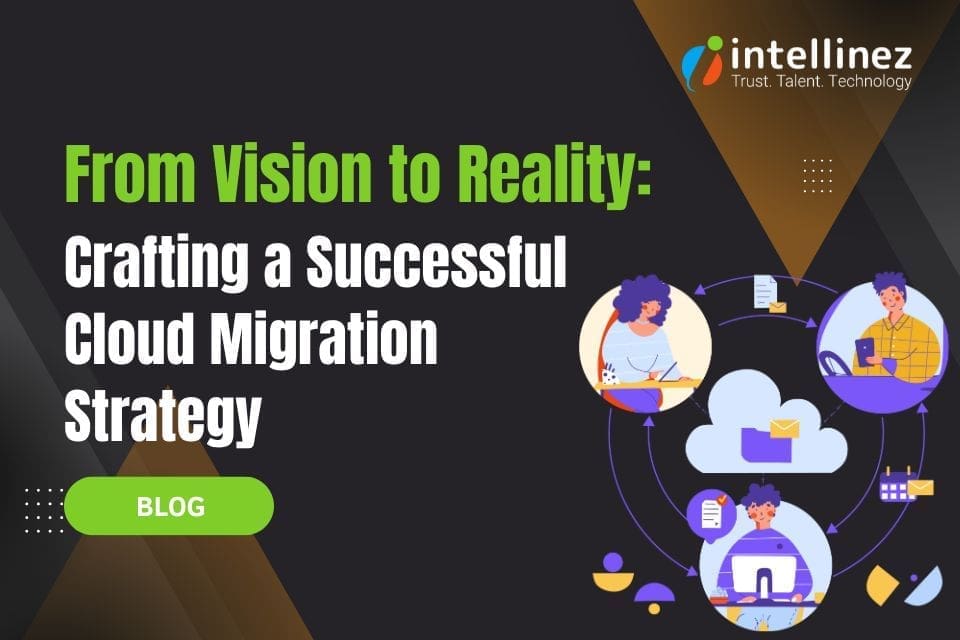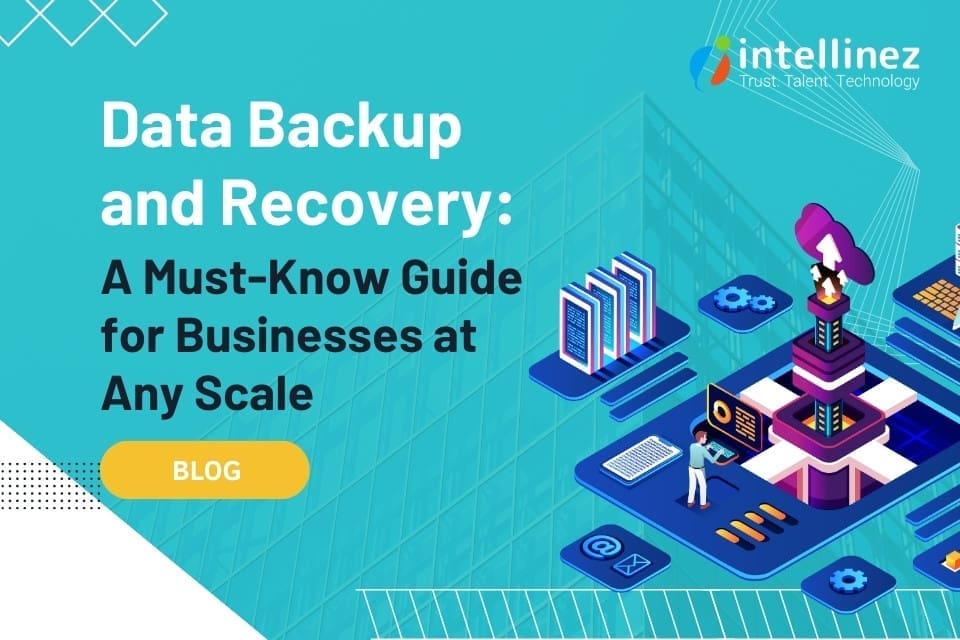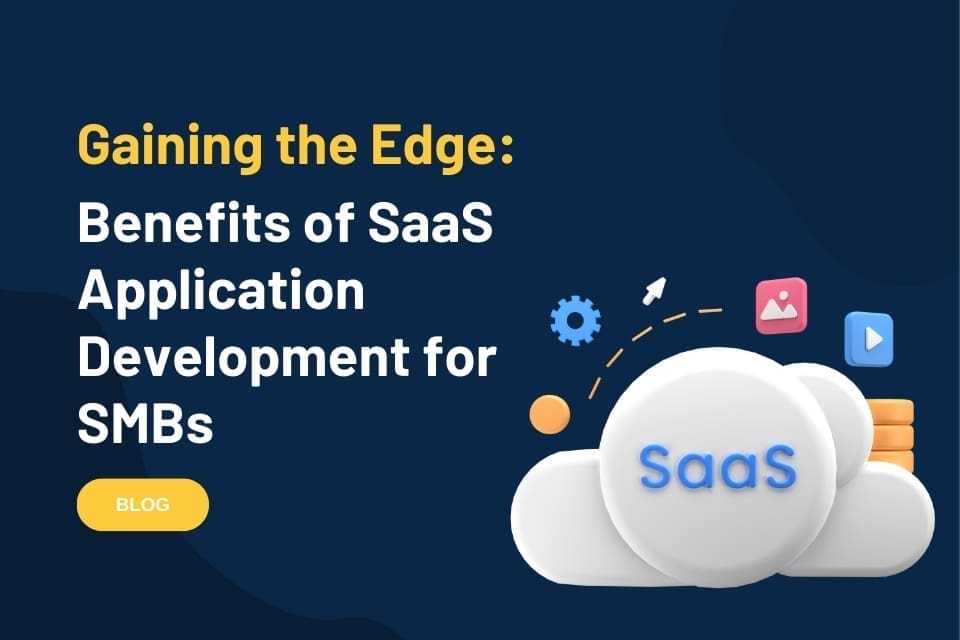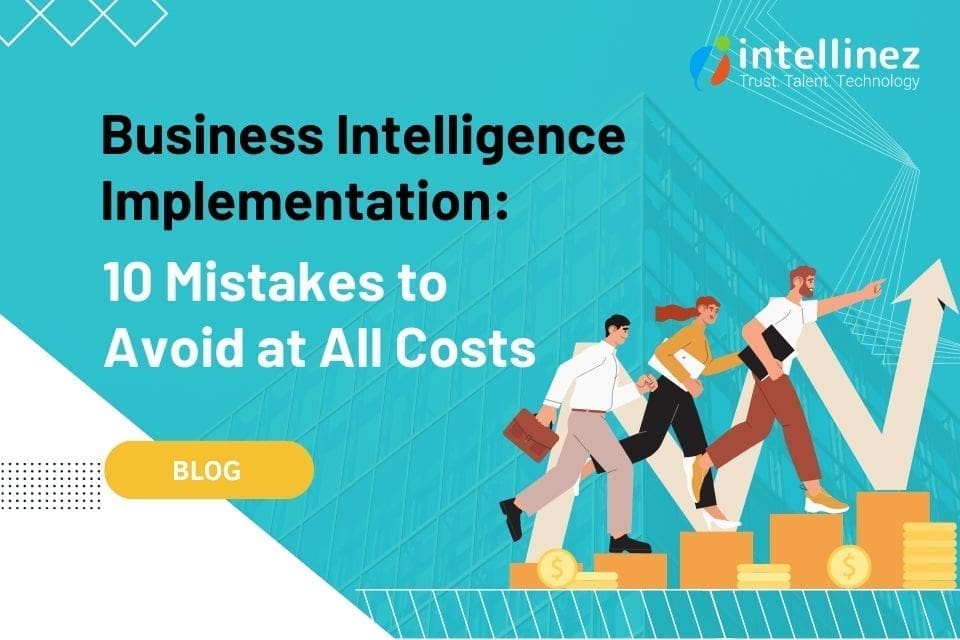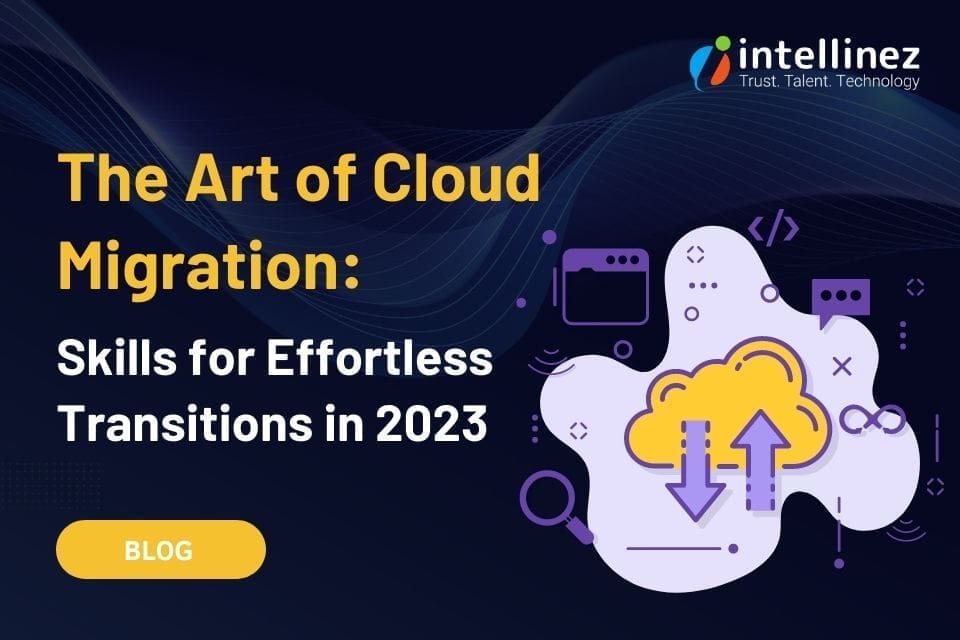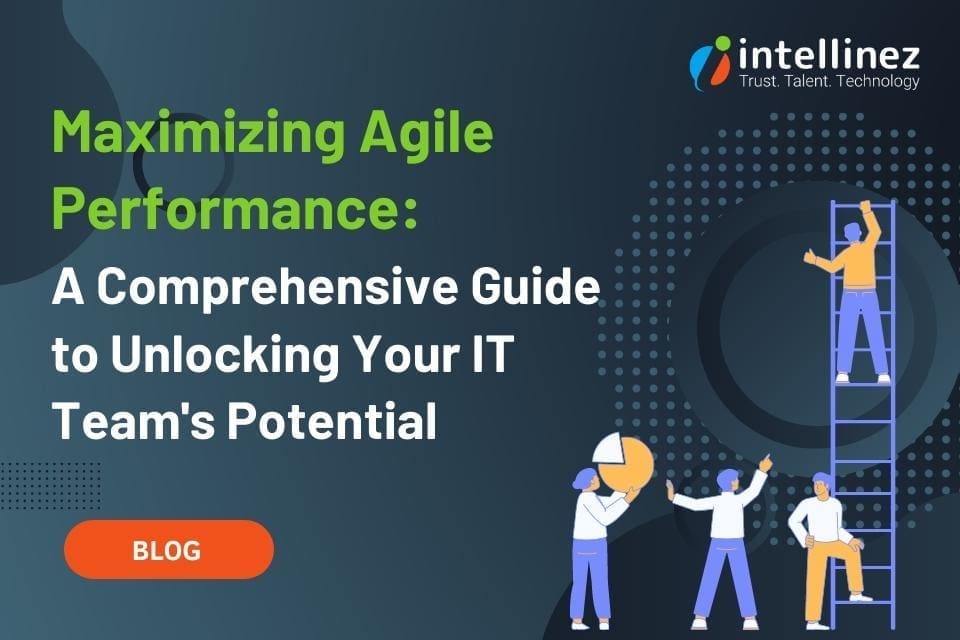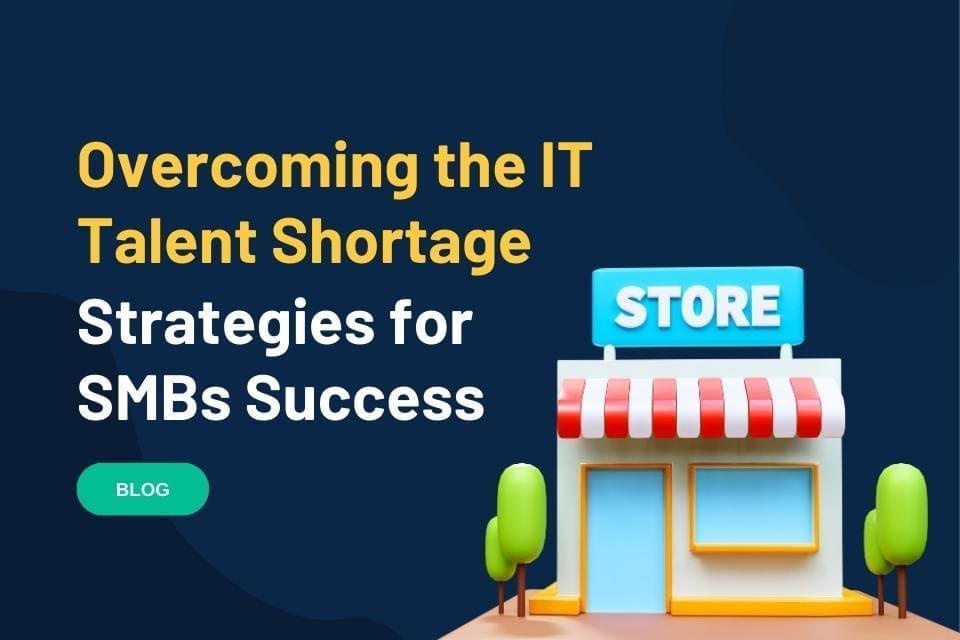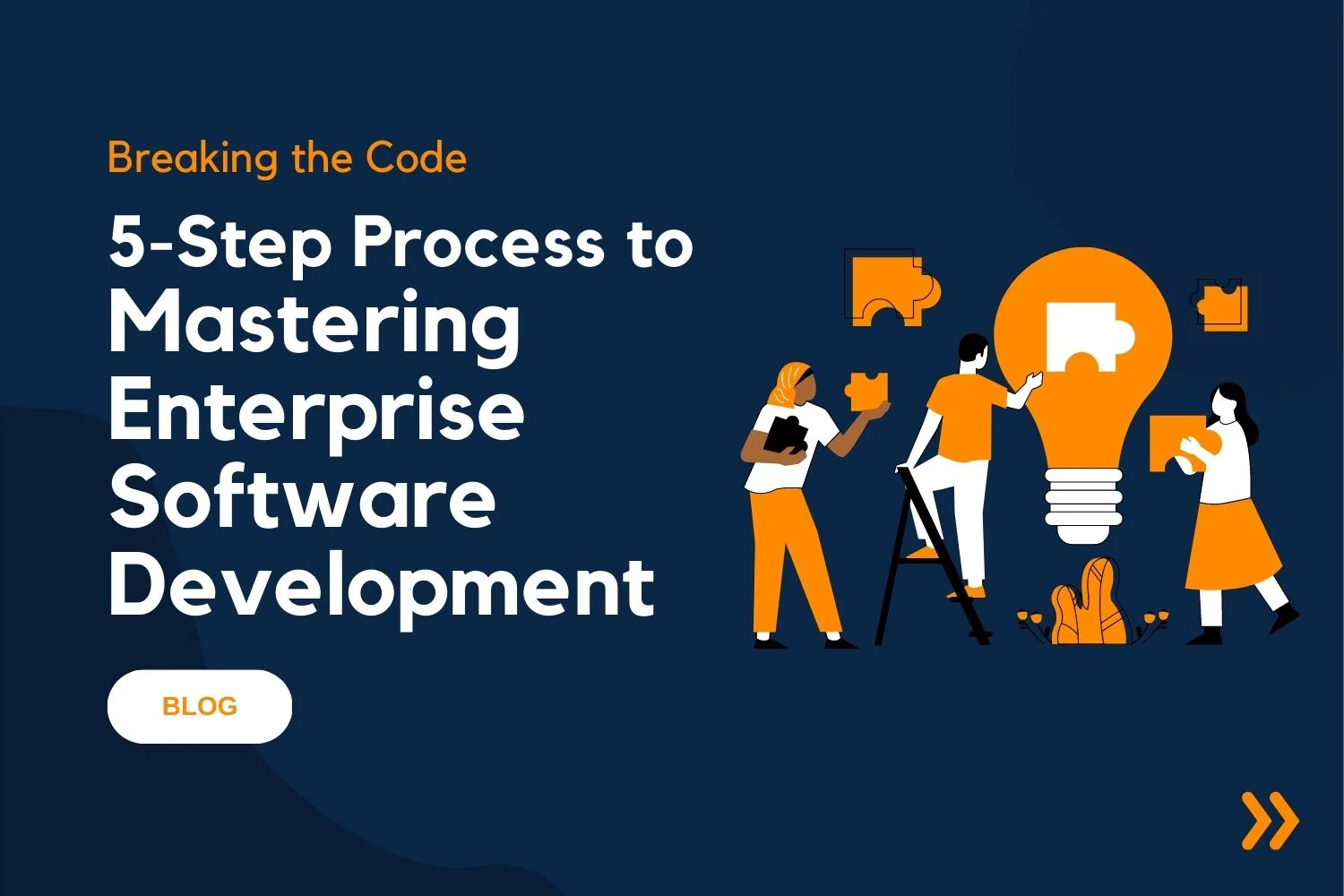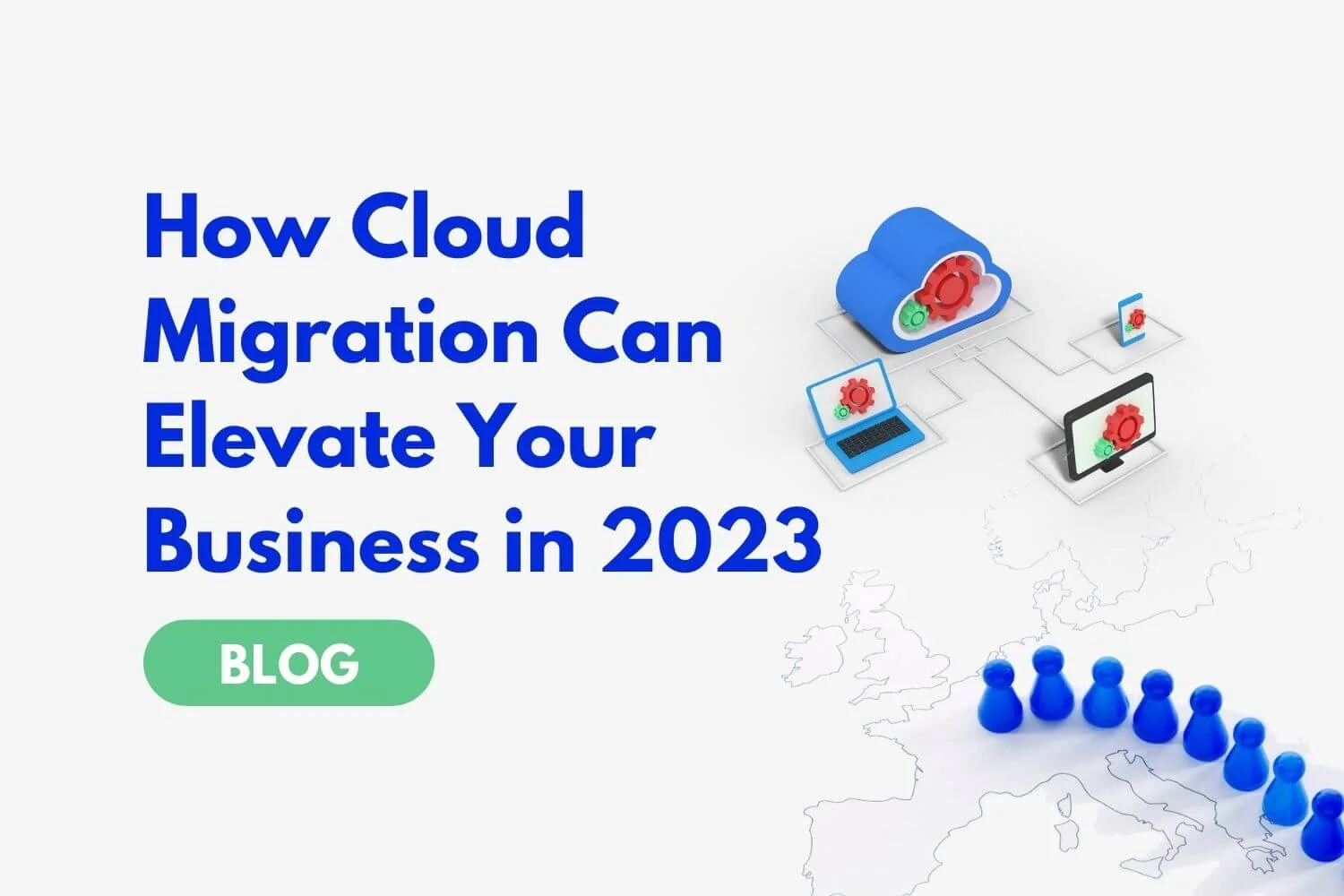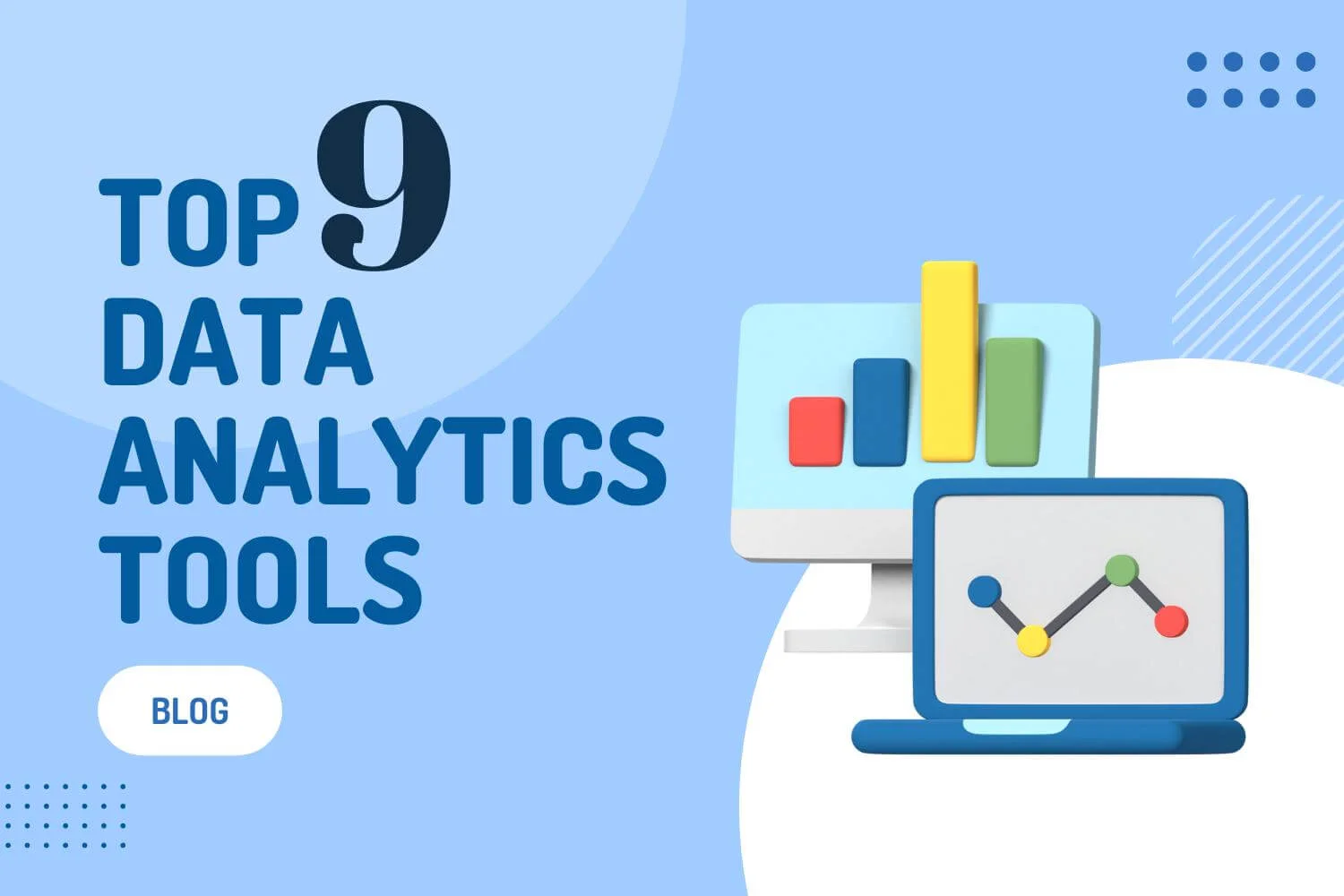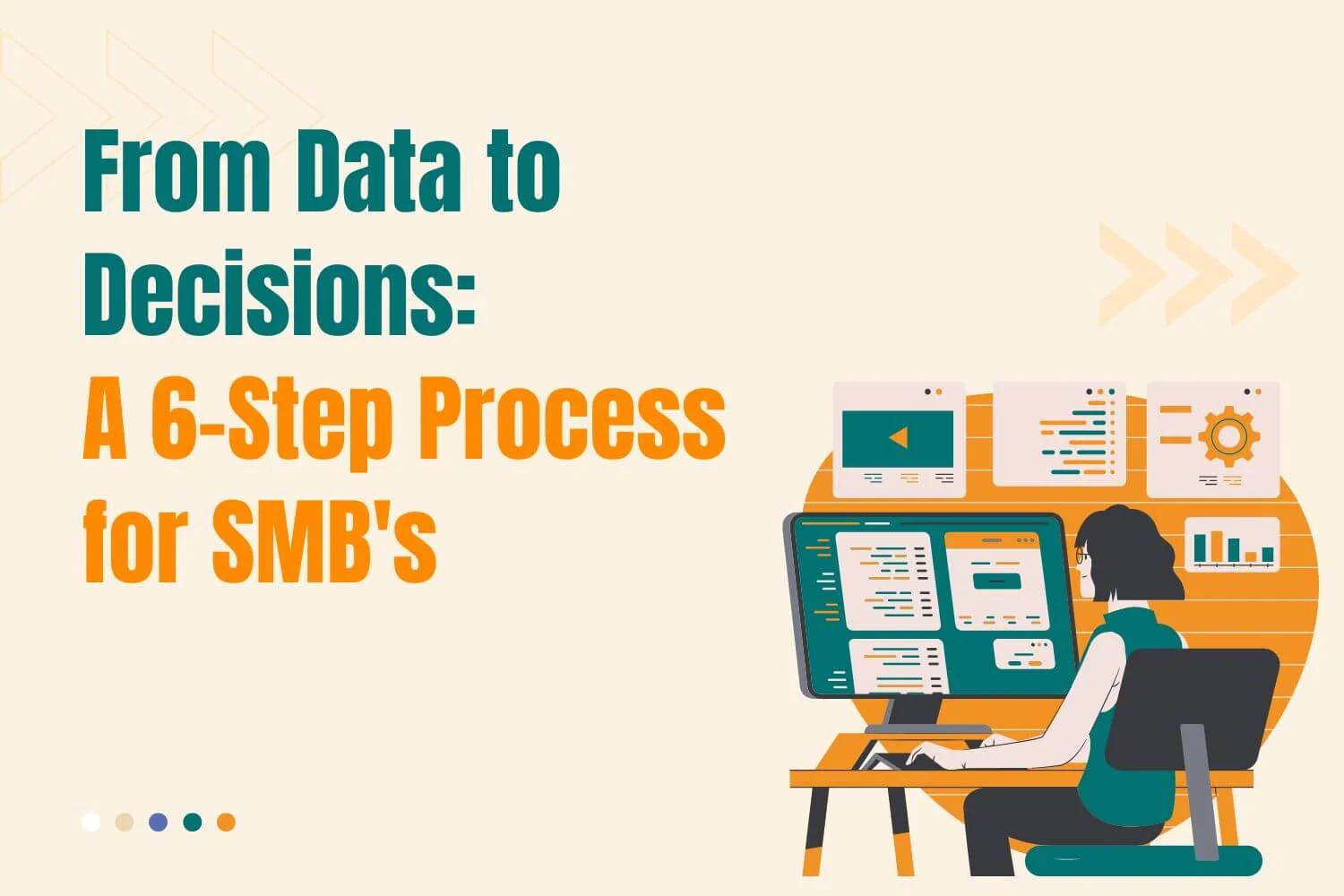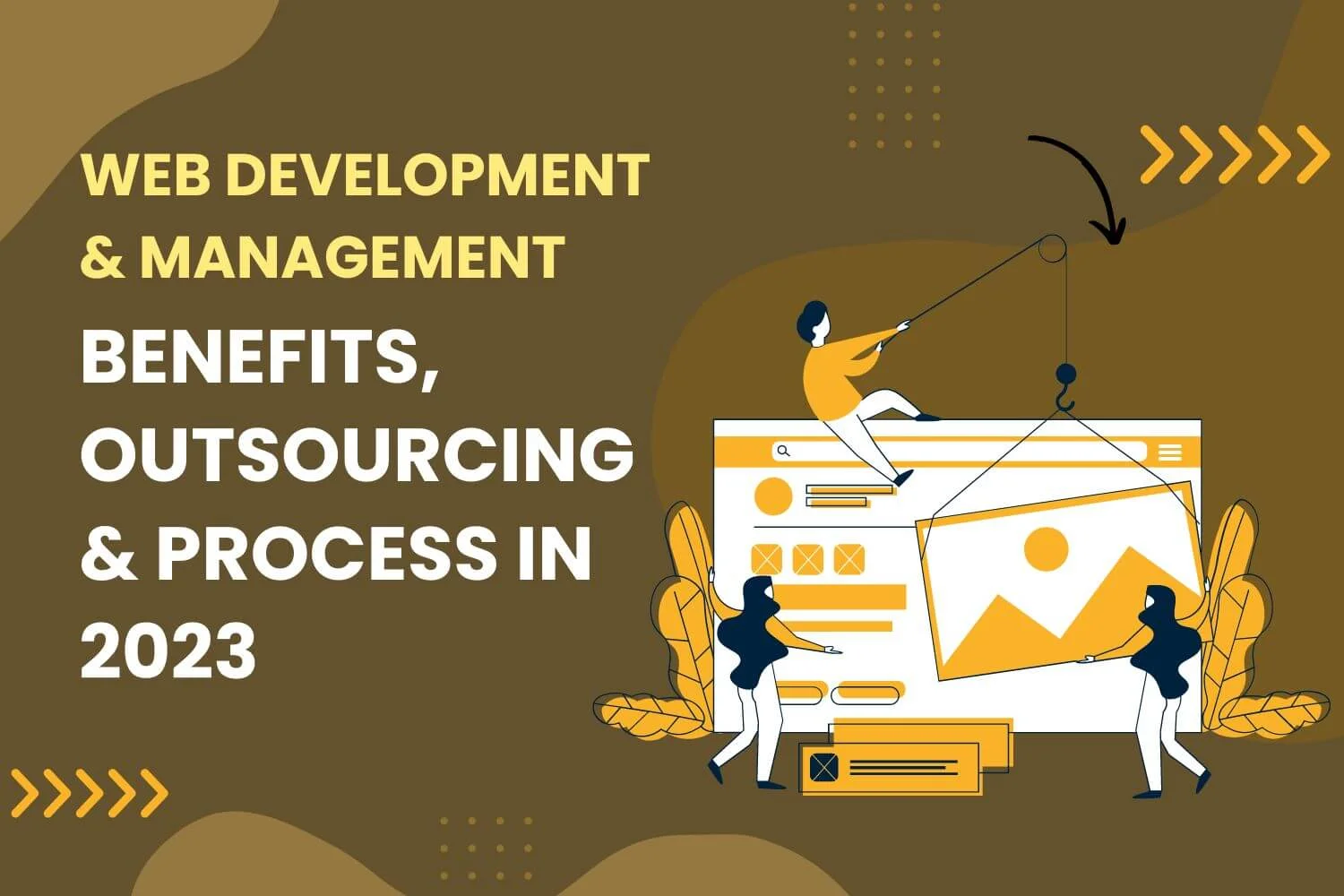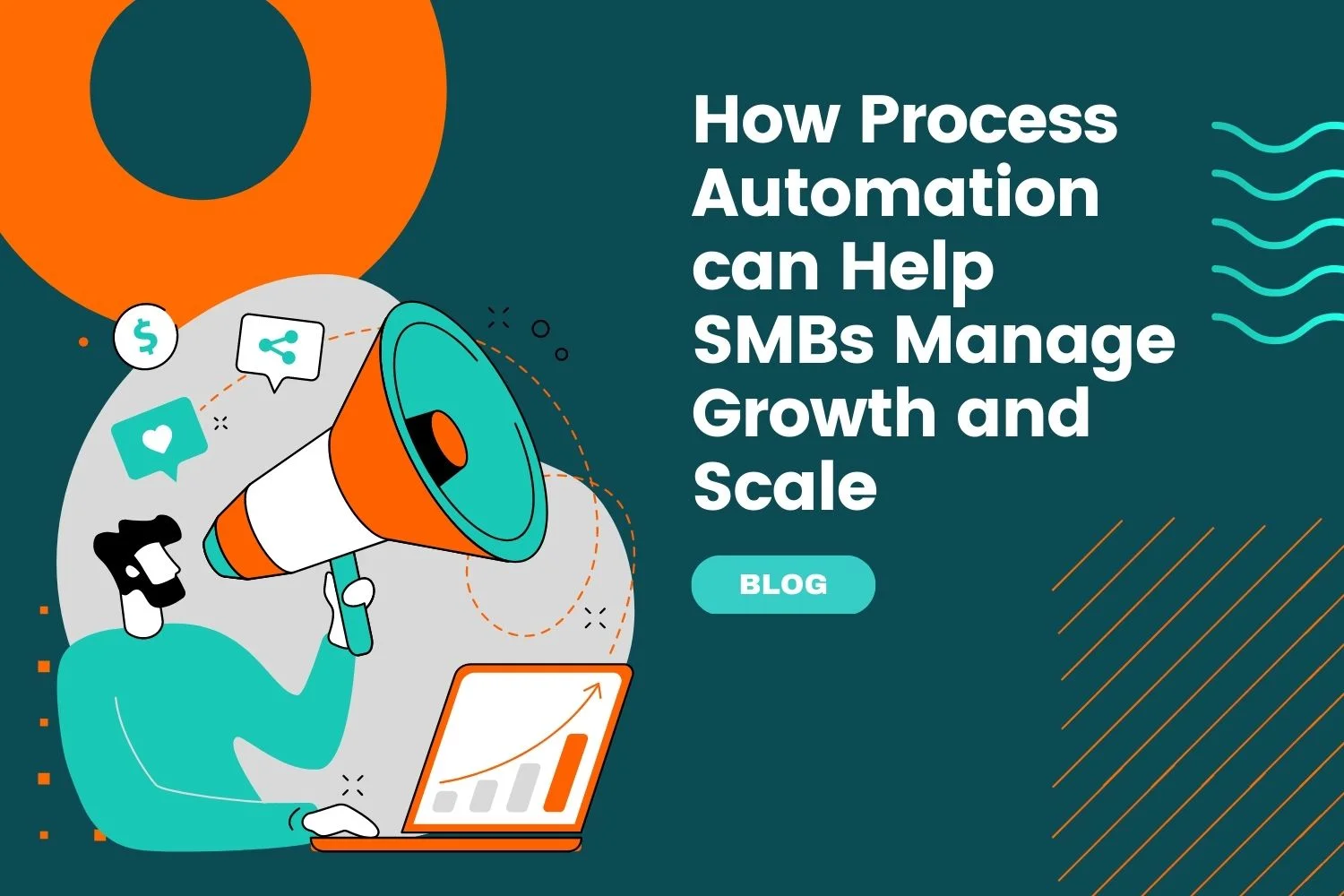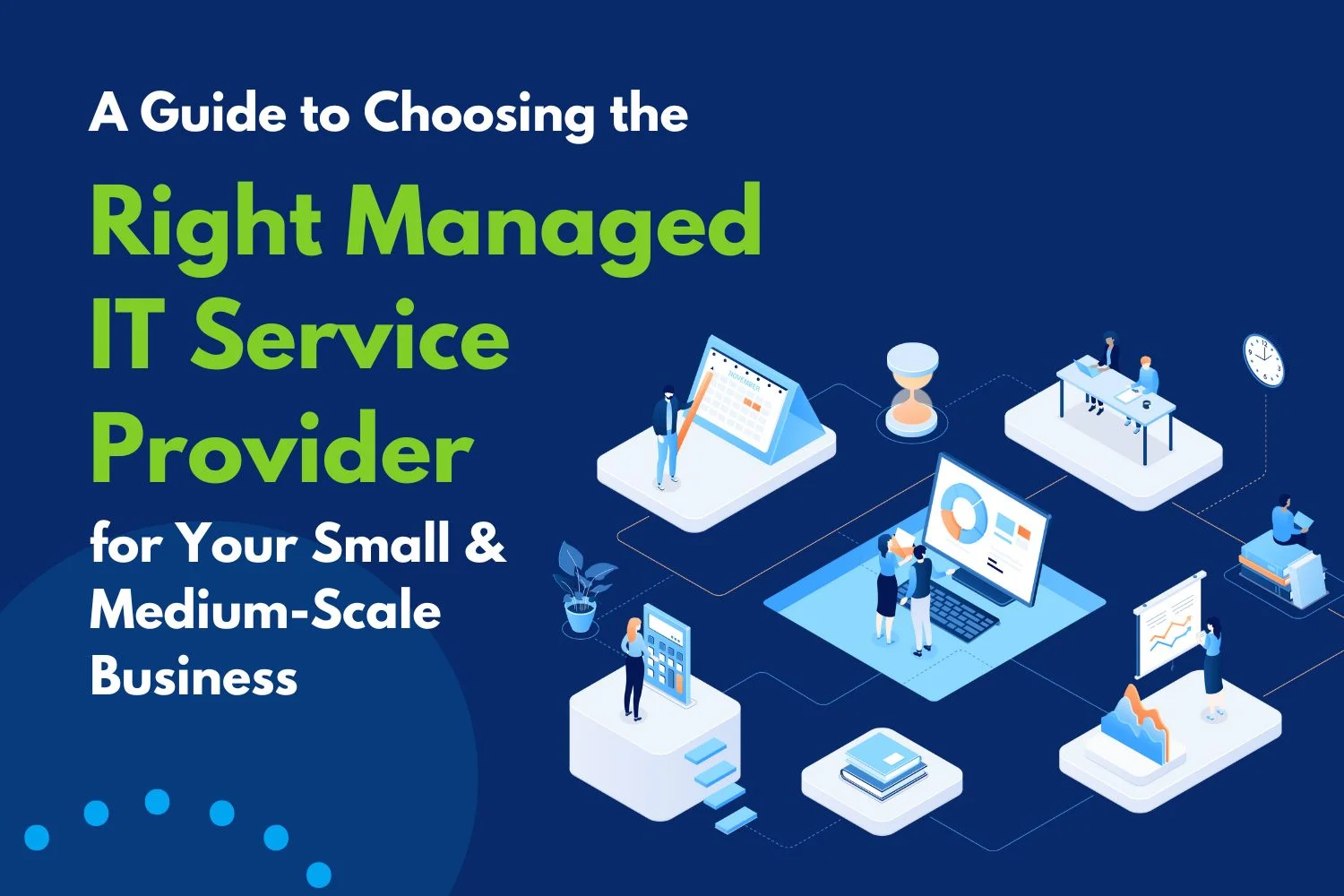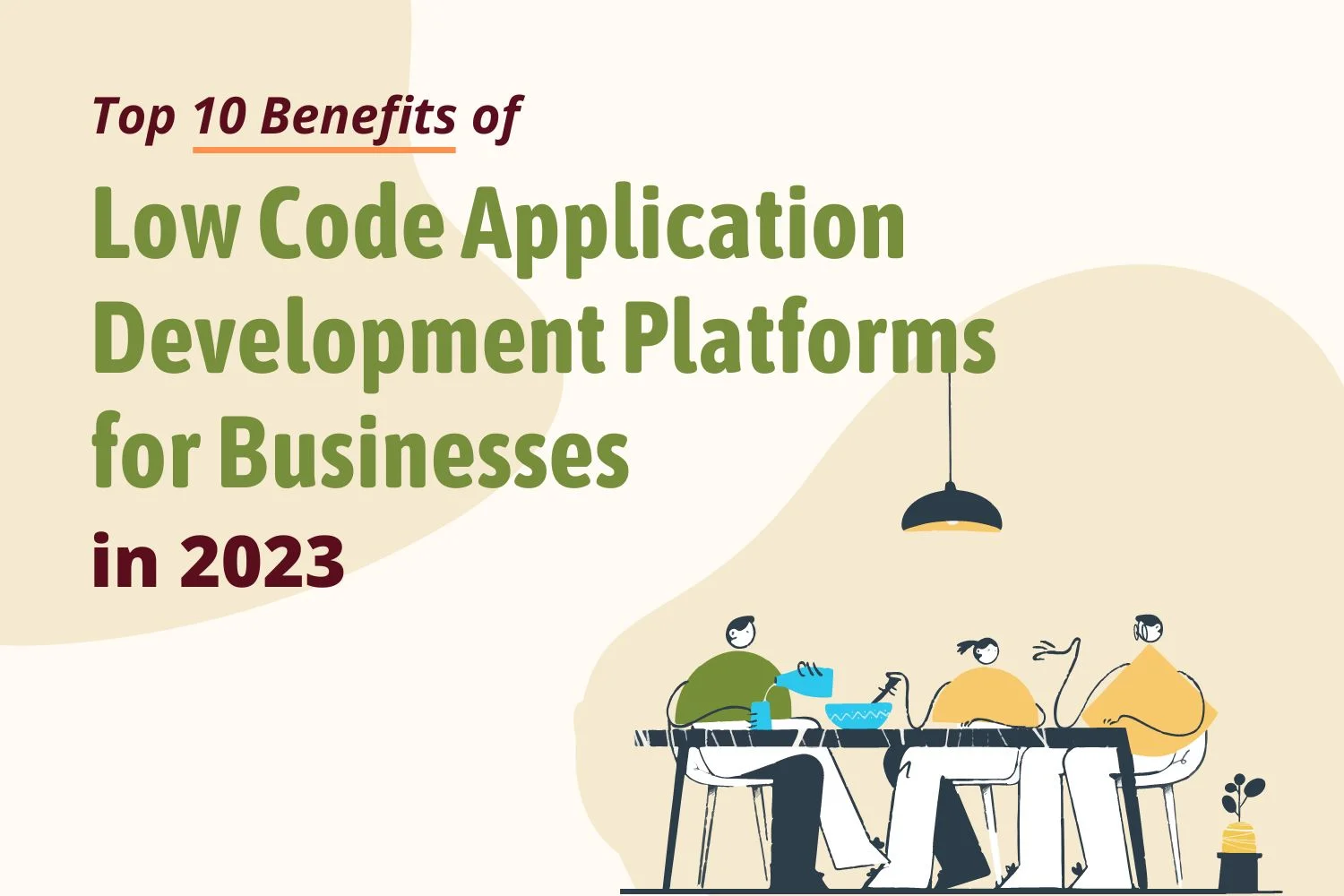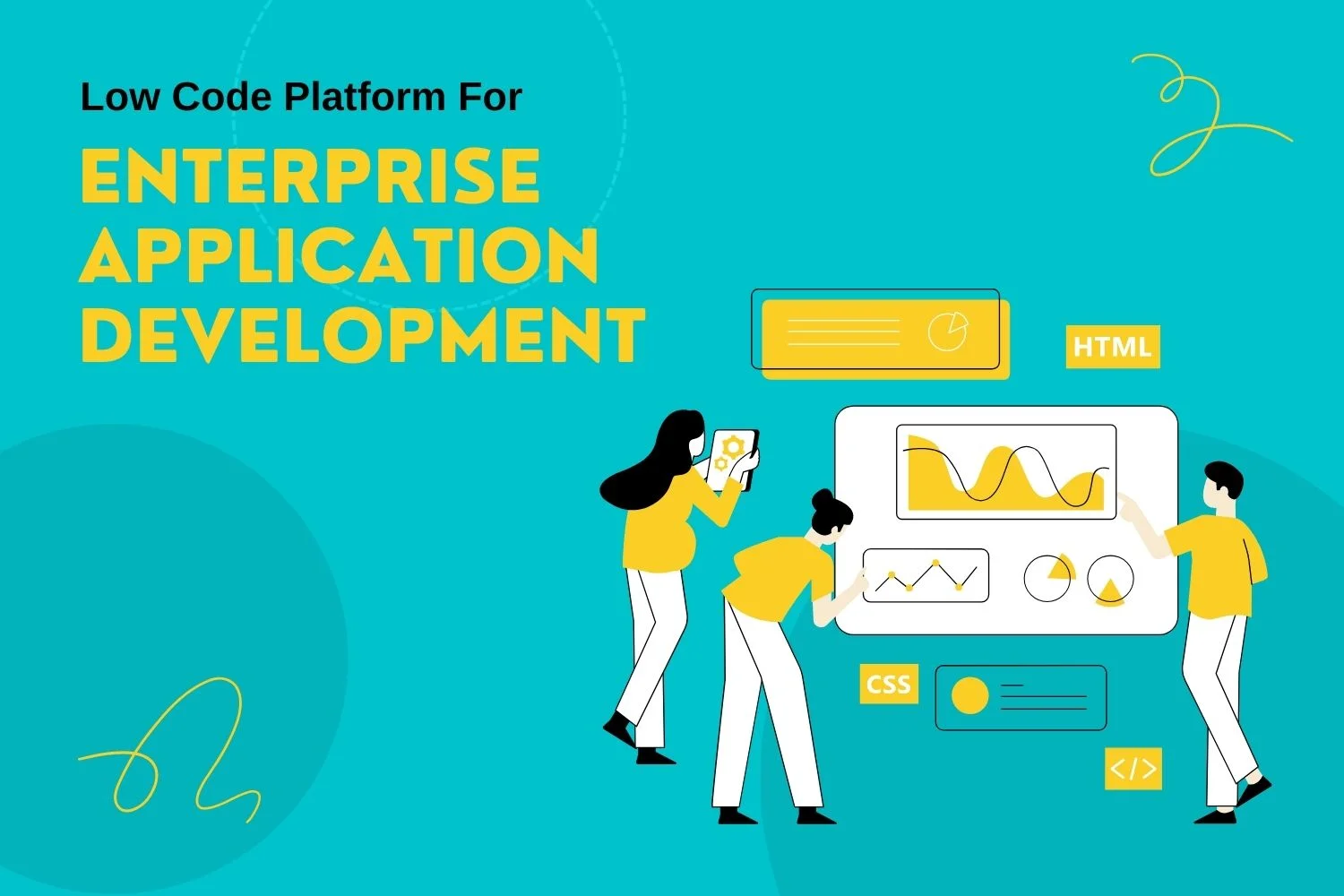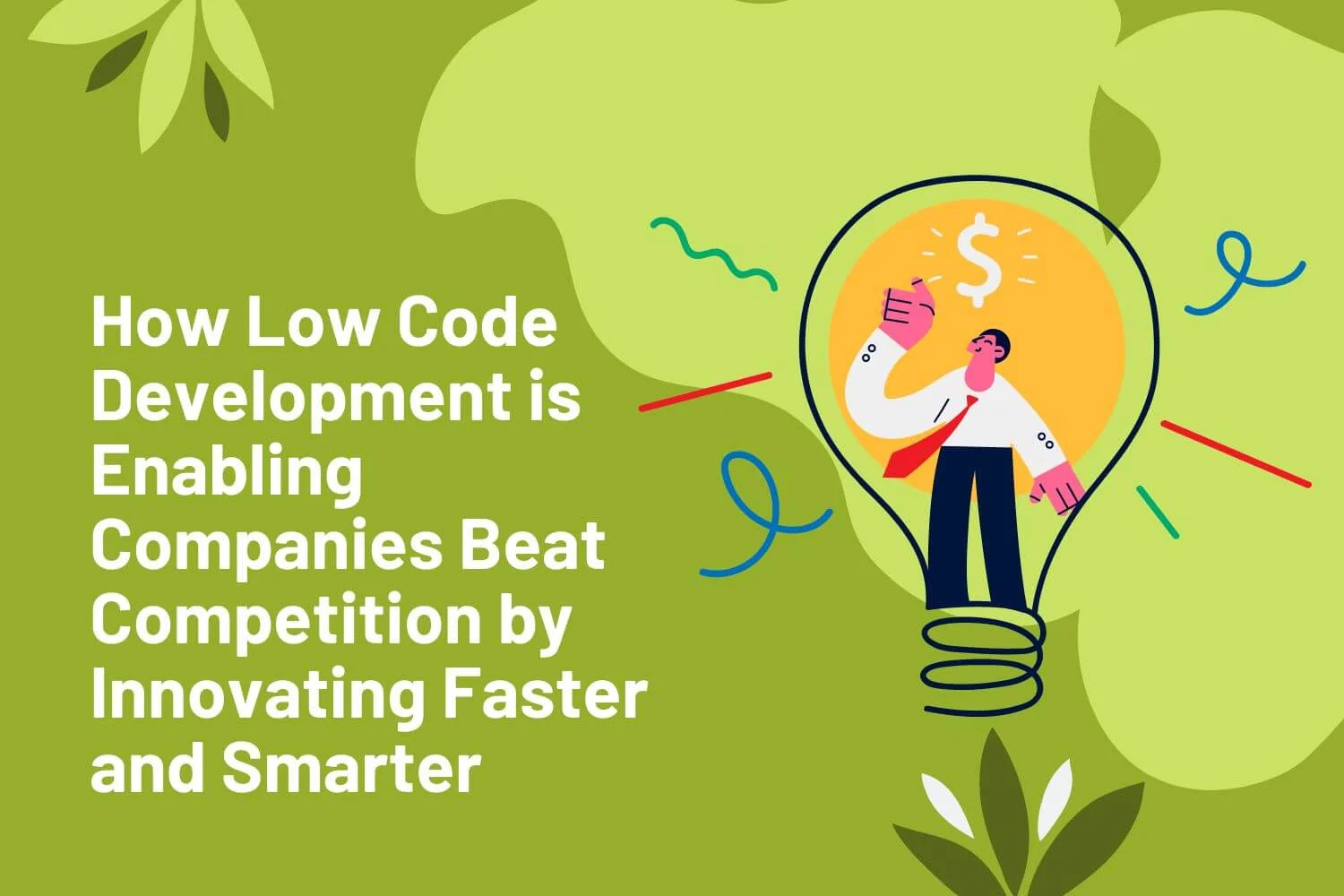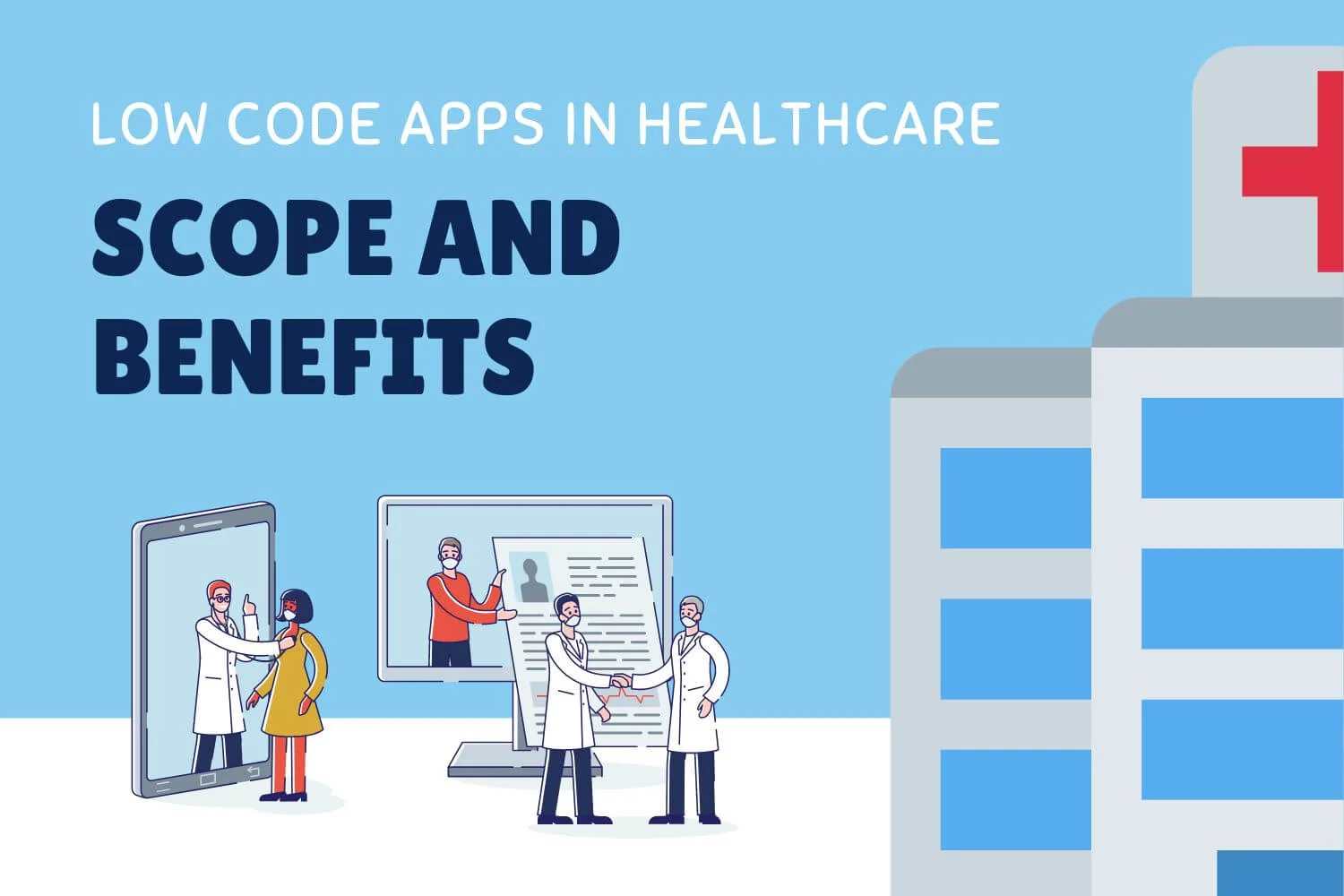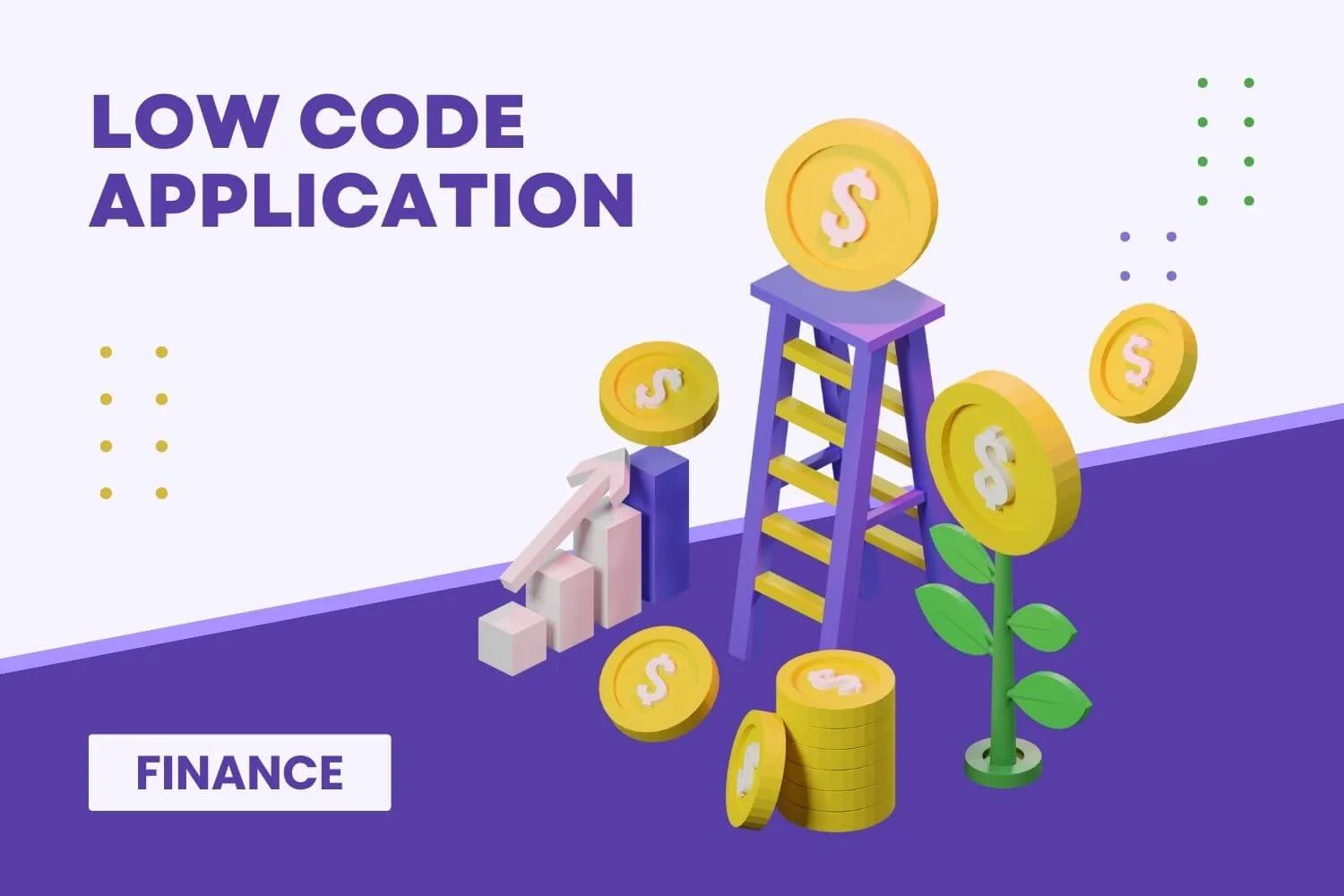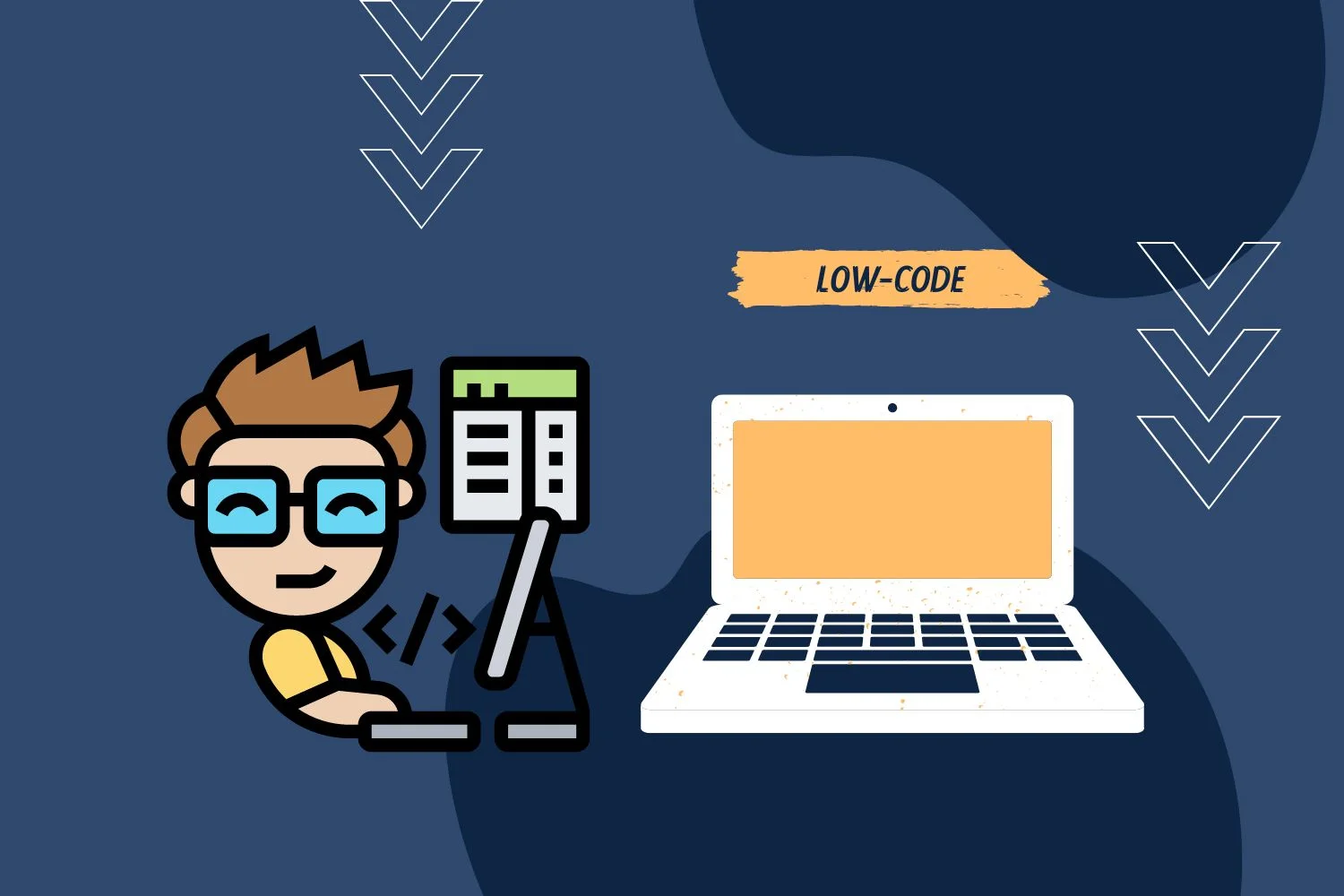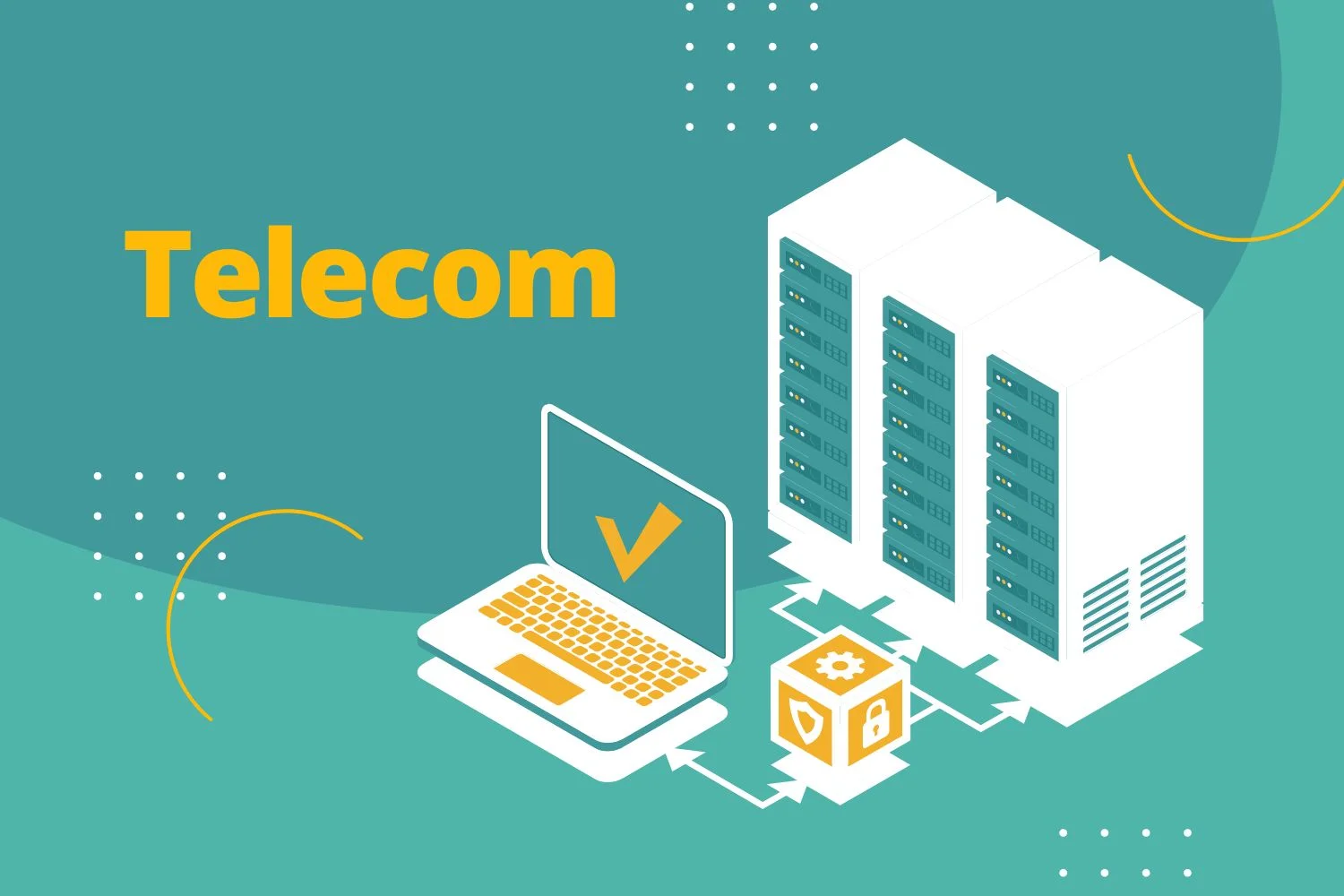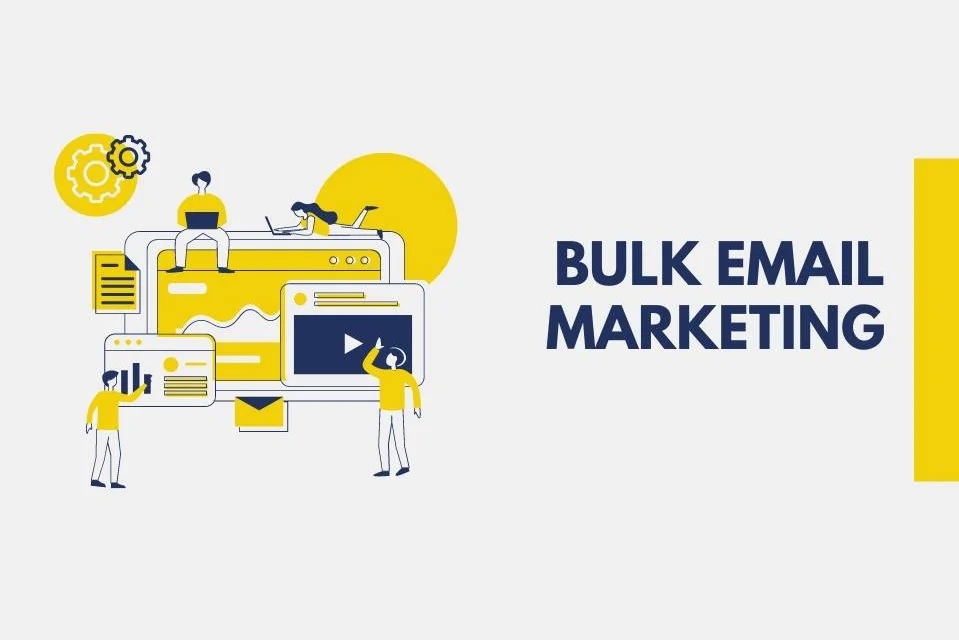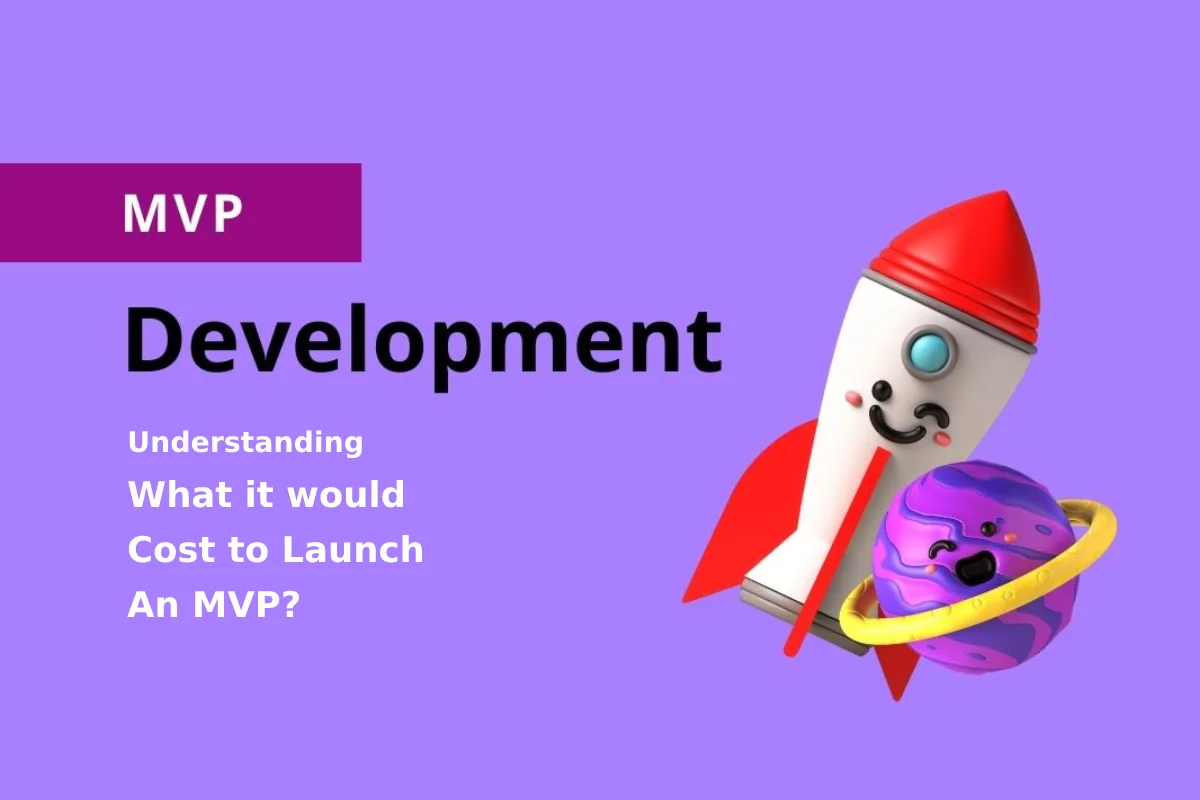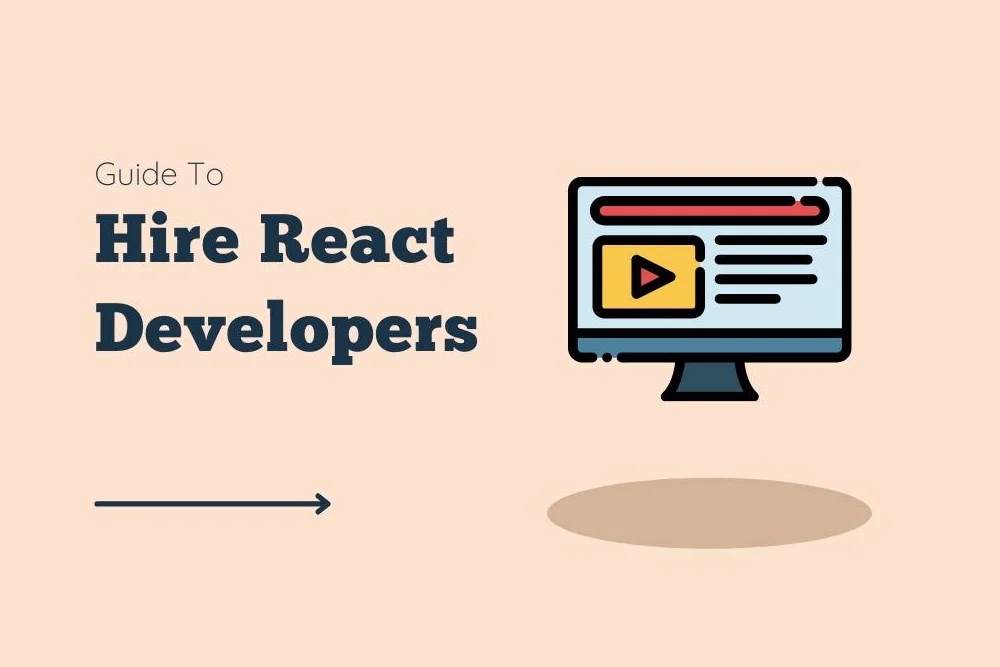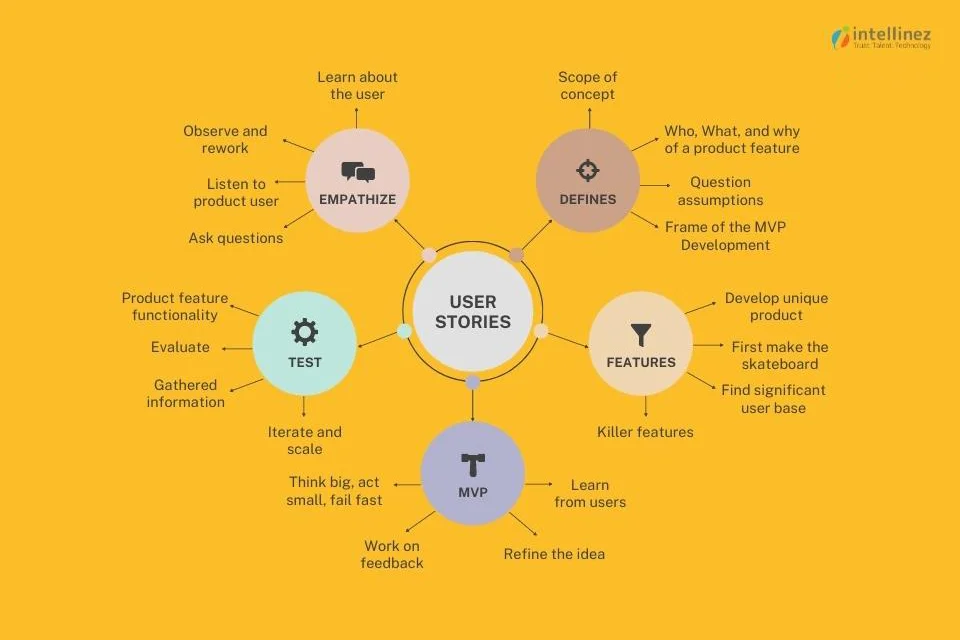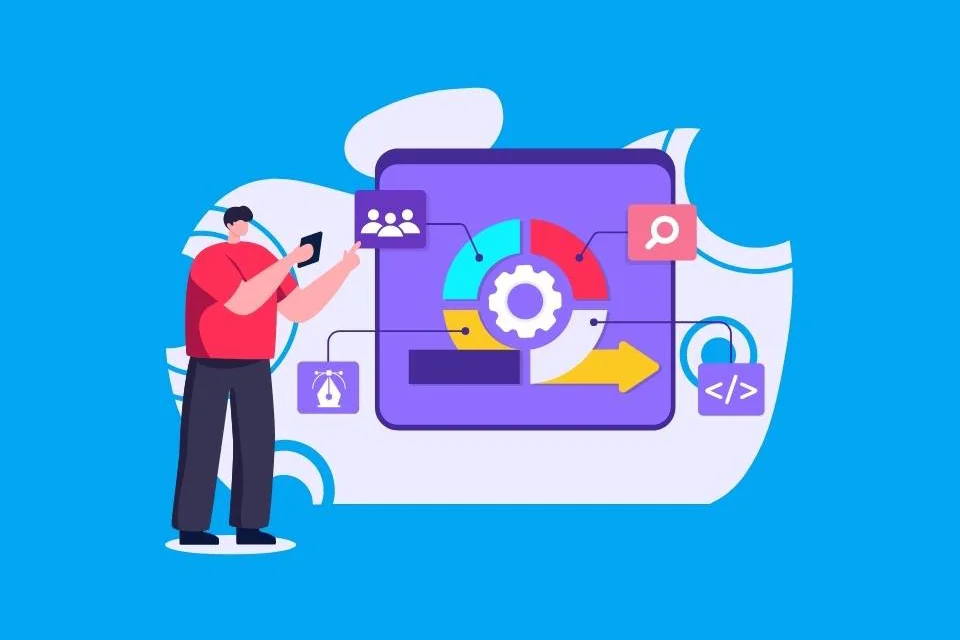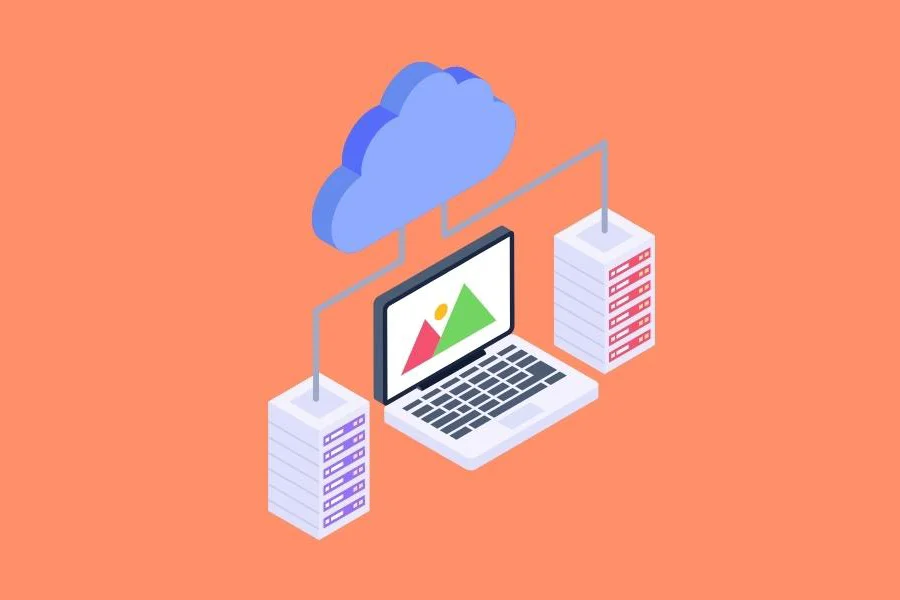Table of Contents
Understanding cloud migration is essential for modern businesses seeking to leverage the advantages of cloud computing. Cloud migration refers to the process of moving applications, data, and workloads from on-premises infrastructure to a cloud environment. Within this framework, replatforming emerges as a pivotal strategy. It involves making necessary modifications to existing applications to optimize them for cloud performance without completely rewriting their core architecture. This approach, often termed “lift and reshape” or “move and improve,” allows organizations to benefit from cloud-native features like scalability and automation while minimizing disruption.
The importance of grasping replatforming lies in its balance between cost-effectiveness and efficiency. Unlike rehosting, which simply relocates applications without changes, replatforming enhances functionality and performance by integrating cloud capabilities. This makes it a compelling choice for businesses looking to modernize their IT infrastructure without incurring the extensive costs associated with full refactoring.
In this blog, we will delve into the intricacies of replatforming within the broader context of cloud migration. We will explore its definition, benefits, and how it compares to other migration strategies such as rehosting and refactoring. Additionally, we will provide practical insights into selecting suitable applications for replatforming and outline best practices for executing a successful migration strategy. By understanding these concepts, organizations can make informed decisions that align with their technological goals and business objectives.
Understanding Replatforming
Replatforming is a cloud migration strategy that involves making minor modifications to an existing application to optimize it for cloud environments without completely rewriting its core architecture. This approach allows organizations to leverage cloud-native features, such as auto-scaling and managed services, enhancing performance and operational efficiency while maintaining the application’s fundamental structure.
Difference Between Replatforming, Refactoring, and Lift-and-Shift
Replatforming is often seen as a middle ground between two other popular cloud migration strategies: Lift-and-shift and refactoring.
- Lift-and-shift (Rehosting): This strategy involves moving applications to the cloud with minimal changes, essentially transferring them as-is from on-premises infrastructure to the cloud. While this approach is quick and straightforward, it does not take full advantage of cloud capabilities, potentially leading to higher operational costs and lower performance.
- Refactoring: In contrast, refactoring requires significant modifications to the application’s codebase to fully exploit cloud-native features. This strategy is more complex and resource-intensive but can yield substantial long-term benefits, such as improved scalability and reduced operational costs. Refactoring often involves breaking down monolithic applications into microservices, which can enhance agility and performance.
Replatforming strikes a balance by allowing organizations to modernize their applications without the extensive time and resource investment required for refactoring. It enables businesses to achieve improved functionality and efficiency in the cloud while minimizing disruption during the migration process. This makes replatforming an attractive option for organizations looking to enhance their cloud capabilities without committing to a full-scale application overhaul.
Benefits of Replatforming

Improved Performance and Scalability
One of the primary benefits of replatforming is the significant improvement in application performance and scalability. By adapting applications to leverage cloud infrastructure, organizations can utilize features such as auto-scaling, load balancing, and distributed computing. This ensures that applications can efficiently handle varying workloads, providing a seamless user experience even during peak usage time. Enhanced performance leads to faster response times and increased user satisfaction, fostering greater engagement and retention.
Enhanced Security Features
Replatforming also enhances the security posture of applications. Cloud providers invest heavily in security measures, offering advanced features such as data encryption, identity and access management (IAM), and continuous monitoring. By migrating to a cloud environment, organizations can take advantage of these built-in security protocols that may not be feasible in on-premises solutions. Additionally, replatforming allows for regular updates and patches to be applied automatically, reducing vulnerabilities and ensuring compliance with industry regulations.
Cost-Effectiveness in the Long Run
While the initial investment in replatforming may seem daunting, it often proves to be cost-effective in the long run. By optimizing applications for the cloud, organizations can reduce operational costs associated with maintaining on-premises infrastructure. The pay-as-you-go pricing model offered by cloud providers allows businesses to only pay for the resources they use, eliminating the need for costly hardware upgrades and maintenance.
Furthermore, improved performance and scalability can lead to increased productivity and efficiency, resulting in lower overall costs associated with downtime or performance bottlenecks.
Replatforming offers a strategic pathway for organizations to enhance application performance, bolster security measures, and achieve long-term cost savings while transitioning to a cloud environment. This makes it an appealing option for businesses looking to modernize their IT infrastructure effectively.
When to Choose Replatforming?
Indicators that Replatforming is Needed
Several key indicators suggest that an organization should consider replatforming its applications:

- Outdated Technology Stack: If an application relies on legacy technologies that hinder performance or integration with modern tools, replatforming can help transition to a more current stack. This is particularly crucial for businesses facing challenges in maintaining or scaling their systems effectively.
- High Operational Costs: Organizations may find that maintaining their existing infrastructure incurs excessive costs, including hardware maintenance, software licenses, and personnel expenses. Replatforming allows for a shift to a cloud-based model, which often reduces these costs through pay-as-you-go pricing and improved resource utilization.
- Need for Agility and Rapid Deployment: The ability to quickly deploy new features and updates is essential in the fast-paced business environment. If an organization struggles with lengthy deployment cycle due to its current platform’s limitations, replatforming can enhance agility by enabling faster development and deployment processes.
Use Cases for Replatforming
Replatforming has proven beneficial across various industries and applications:

- E-commerce Platforms: Many e-commerce businesses have successfully replatformed to improve user experience and scalability. For instance, a retailer experiencing slow load times and high cart abandonment rates might migrate to a cloud-based solution that offers better performance and integrated marketing tools.
- Healthcare Applications: Companies like Vision Healthcare have replatformed due to performance issues with their previous systems. By moving to a more robust cloud infrastructure, they enhanced reliability and reduced downtime, which is critical in the healthcare sector where service availability is paramount.
- Media and Content Management: Businesses managing large volumes of digital content often face challenges with outdated content management systems. Replatforming allows them to adopt more flexible, cloud-native CMS solutions that support better content delivery and user management.
Organizations should consider replatforming when facing outdated technology stacks, high operational costs, or the need for greater agility. Successful use cases across various sectors illustrate how replatforming can lead to improved performance, cost savings, and enhanced user experiences.
Key Considerations for Replatforming
Assessing Your Current Environment
When considering replatforming, a thorough assessment of your current environment is crucial.
- Inventory of Existing Applications and Dependencies: Begin by creating a comprehensive inventory of all applications in use, including their versions, functionalities, and licensing information. This inventory should also detail application dependencies- how different applications interact with each other and what underlying infrastructure they rely on. Understanding these relationships is vital to avoid disruptions during migration and to ensure that all necessary components are accounted for.
- Performance Metrics and Requirements: Evaluate the performance metrics of your current applications, such as response times, uptime, and resource utilization. Identifying performance bottlenecks can help determine which applications would benefit most from replatforming. Additionally, establish clear performance requirements for the cloud environment to ensure that the new platform meets or exceeds these benchmarks.
Choosing the Right Cloud Provider
When selecting the cloud provider, careful evaluation of several factors is essential. These are:
- Compatibility: Ensure that the cloud provider supports your existing applications and technologies. This includes checking compatibility with operating systems, databases, and development frameworks. A good fit will facilitate a smoother migration process and minimize potential issues.
- Cost: Analyze the pricing models of different providers, including pay-as-you-go options and potential discounts for long-term commitments. Understanding the pricing structure is crucial for managing your overall budget effectively and avoiding unexpected costs.
- Support: Assess the level of customer support available, including technical assistance, documentation, and community resources. Reliable support can be vital during both the migration process and ongoing operations, ensuring that any issues are promptly addressed.
Planning the Replatforming Process
When planning the replatforming process, several critical steps must be followed.
- Timeliness: Establish a clear timeline for each phase of the replatforming project. This includes setting milestones for assessment, migration, testing, and deployment to ensure that the project stays on track.
- Resources Needed: Identify the resources required for successful replatforming, including personnel, budget, and technology. Assess the skills of your team and determine if additional training or external expertise is necessary.
Importance of Involving Stakeholders
Engaging stakeholders throughout the planning process is essential. Their alignment and buy-in can significantly impact the project’s success. Stakeholders – including business leaders, engineers, and marketers – provide valuable insights that can enhance decision-making and help identify potential risks. By involving them early on, organizations can foster collaboration, build trust, and ensure that everyone is working.
Challenges of Replatforming
Common Obstacles
Replatforming presents several challenges that organizations must navigate to ensure a successful migration.
- Data Migration Complexities: Migrating large volumes of data can be intricate, particularly if the data structure differs between the old and new systems. Ensuring data integrity and compatibility during this transition is critical, as errors can lead to significant operational disruptions.
- Application Compatibility Issues: Existing applications may not function optimally in the new cloud environment without modifications. Compatibility issues can arise from differences in architecture, dependencies, or integration with other systems, necessitating adjustments that can complicate the migration process.
- Skills Gap in the Workforce: Many organizations face a shortage of skilled personnel familiar with cloud technologies and replatforming processes. This skills gap can hinder effective planning and execution, making it essential to invest in training or hire external expertise to bridge the knowledge divide.
Addressing these obstacles requires careful planning, thorough testing, and ongoing stakeholder engagement to minimize risks and ensure a smooth transition to the cloud environment.
Mitigation Strategies
To address and overcome challenges associated with replatforming, organizations can implement several effective strategies:
- Thorough Planning: Conduct comprehensive assessments of existing applications and dependencies to identify potential issues early. Developing a detailed migration plan with clear timelines and resource allocations can help streamline the process.
- Robust Testing: Implement rigorous testing protocols before, during, and after migration. This includes functional, performance, and security testing to ensure that applications operate correctly in the new environment.
- Staff Training: Address the skills gap by providing training for existing staff or hiring external experts familiar with cloud technologies. This enhances the team’s ability to manage the new platform effectively.
- Stakeholder Engagement: Involve key stakeholders throughout the process to ensure alignment and gather valuable insights. Their input can help identify risks and enhance decision-making.
By employing these strategies, organizations can mitigate risks and facilitate a smoother transition during the replatforming process.
Best Practices for Successful Replatforming

Testing and Validation
Thorough testing post-migration is vital to ensure that apps function correctly in the new environment. This phase should encompass various testing types, including functional, performance, and security testing. Functional testing verifies that all features operate as intended, while performance testing assesses response times and resource utilization under load. Security testing is crucial for identifying vulnerabilities that may arise from migration. By rigorously validating the application, organizations can detect issues early, minimizing disruptions and ensuring a smooth transition for users. Continuous feedback loops during this phase allow for quick adjustments, enhancing overall application reliability.
Training and Support for Teams
Ensuring that staff is well-prepared for the new environment is essential for a successful replatforming effort. Comprehensive training programs should be developed to familiarize team members with the new tools, technologies, and workflows associated with the cloud platform, this training should cover both technical skills and operational procedures to ensure that employees can effectively manage and utilize the new system. Additionally, ongoing support mechanisms, such as help desks or mentorship programs, can provide assistance as teams adapt to changes. Engaging employees early in the process fosters a culture of collaboration and reduces resistance to change.
Continuous Monitoring and Optimization
Post-migration, organizations should implement strategies for ongoing performance evaluation to ensure that applications remain efficient and responsive. Continuous monitoring tools can track KPIs, such as uptime, latency and user engagement metrics. By analyzing this data, organizations can identify areas needing optimization or adjustment. Regularly scheduled reviews of application performance help in fine-tuning resources and scaling capabilities as needed. Moreover, adopting an agile approach allows teams to iterate on improvements quickly, ensuring that the application evolves alongside changing business needs.
By following these best practices – thorough testing, comprehensive training, and continuous monitoring – organizations can navigate the complexities of replatforming effectively and achieve long-term success in their cloud migration efforts.
Conclusion
Replatforming stands as a crucial strategy for businesses aiming to modernize their IT infrastructure and fully harness the benefits of cloud computing. By making targeted modifications to optimize applications for cloud environments, organizations can enjoy enhanced performance, scalability, security, and cost-efficiency without undergoing the time-consuming process of refactoring. While challenges such as data migration complexities and application compatibility may arise, a well-structured approach that includes proper planning, testing, and continuous monitoring can ensure a successful transition.
Ultimately, replatforming allows businesses to stay agile and competitive in an increasingly digital landscape.
Ready to Optimize Your Cloud Migration Strategy with Replatforming?
Contact Intellinez Systems today for expert consultation on how to implement best practices for a seamless migration. Our professionals will guide you through every step of the process to ensure your applications thrive in the cloud and your business stays ahead in a competitive market
-
1. What is replatforming in cloud migration?
Replatforming involves making minor changes to existing applications to optimize them for cloud environments without rewriting their core architecture. This strategy enables businesses to leverage cloud-native features like scalability and automation.
-
2. How is replatforming different from lift-and-shift?
While lift-and-shift moves applications to the cloud without modifications, replatforming optimizes them for improved performance and functionality by integrating key cloud capabilities.
-
3. What are the key benefits of replatforming?
Replatforming offers enhanced performance, scalability, security, and long-term cost savings by enabling applications to utilize cloud-native features more efficiently.
-
4. When should a business consider replatforming?
Businesses should consider replatforming when facing outdated technology stacks, high operational costs, or the need for greater agility and rapid deployment in their IT systems.
-
5. What challenges might arise during replatforming?
Common challenges include data migration complexities, application compatibility issues, and skills gaps within the workforce, which can be mitigated through careful planning and staff training.
- tawa555 login
- https://www.10ml.com.br/orcamento/
- https://www.nwc10lab.com/validar-ideas-digitales/
- https://www.unvi.es/pago-seguros/
- slot bet 200
- https://cdocencia.xoc.uam.mx/
- rejekibet
- https://mgapress.com.br/assessoria-de-imprensa/
- https://www.intersmartsolution.com/erp-solutions/
- https://cvworld.in/seo-services/
- slot pulsa 5000
- slot deposit 5000
- slot deposit pulsa
- https://ksquare99.com/culture.html
- https://intersmart.ae/our-works/
- https://astrologerparduman.com/blogs/
- https://gluesys.com/
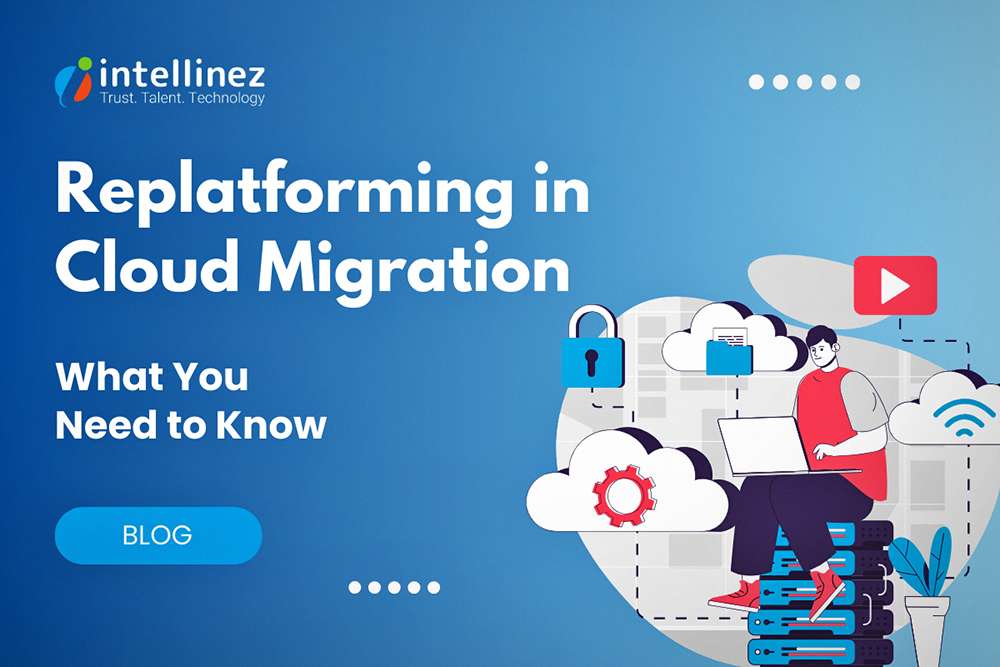































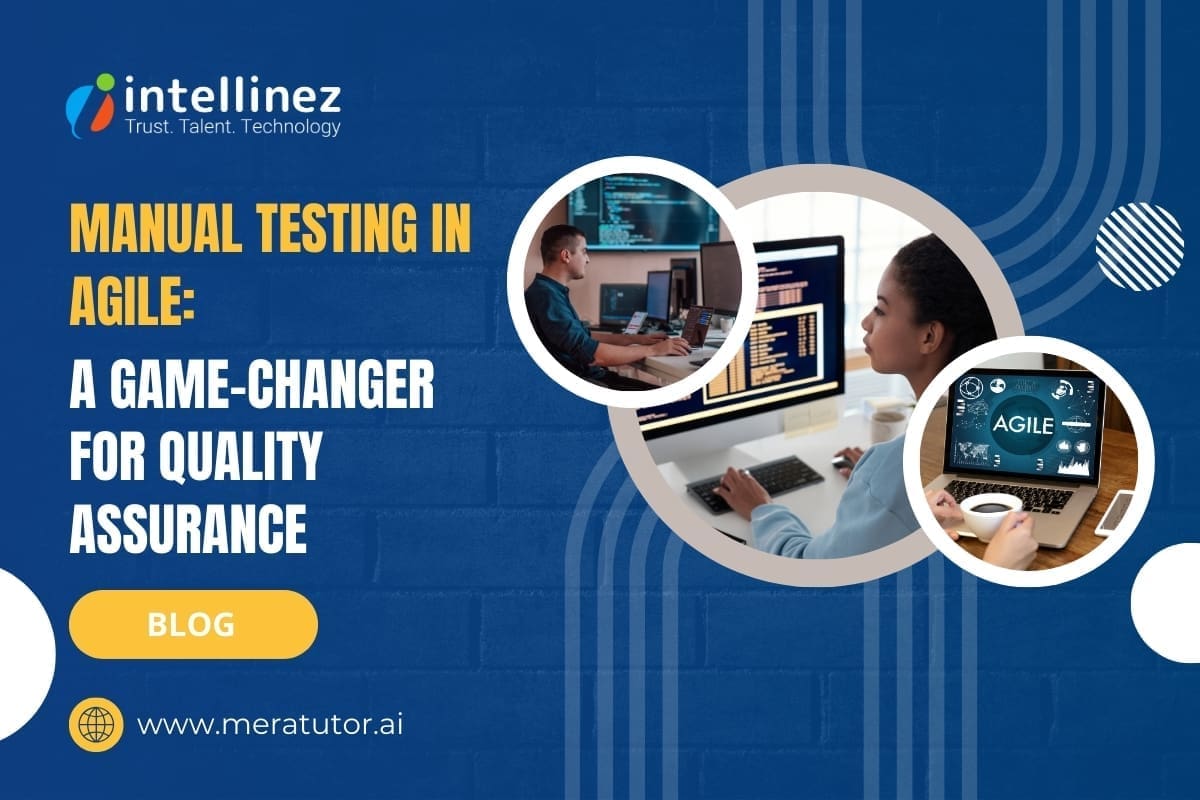




![A Comprehensive Guide to AWS SaaS Architecture [Diagram Included] 85 Aws SaaS Architecture](http://www.intellinez.com/wp-content/uploads/2024/08/Title-image.jpg)










